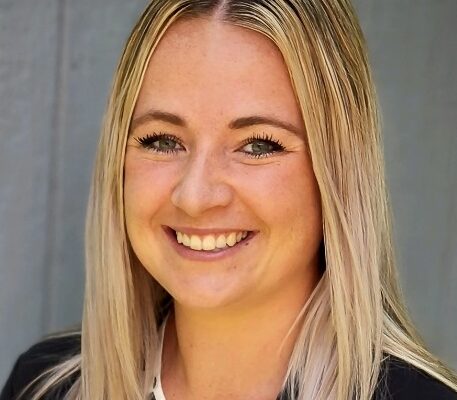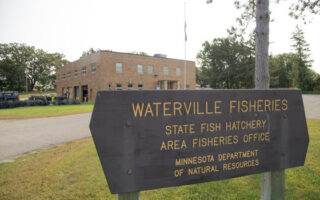Mower SWCD, Univ. of MN to partner Oct. 29 for free event at Hamilton farm in Mower County

Soil-health partners will come together next week for a free event on a Mower County farm to share experiences and research on cover crops, reduced tillage and other practices.
Terry and Cindy Hamilton will host the Mower County Soil Health Field Day from 9:30 a.m. to 1 p.m. on Oct. 29 at their farm between Elkton and Adams at 18890 660th Ave. The field day led by Mower Soil & Water Conservation District will discuss establishing cover crops in a corn-soybean rotation; strip tillage; soil health; and the results of local and statewide soil-health studies, including research done in Mower County.
Boxed lunches will be provided at no charge but an RSVP is needed to guarantee a lunch. RSVPs can be emailed to [email protected] or called into Mower SWCD at 507-434-2603, ext. 5.
Other sponsors of the field day include the University of Minnesota’s Office for Soil Health; Midwest Ag-Air Inc.; Freeborn-Mower Cooperative Services; and Riverland Community College.
Attendees will get a field tour of soils, cover crops and strip tillage as well as hear from the Hamiltons.
Anna Cates of University of Minnesota Extension will present on soil-health principals and a statewide soil-health study. Hava Blair of the University of Minnesota will talk about the Mower County soil-health study on local farms; biological and physical tests for soil health; and the effect of soil-health management.
Mower SWCD’s Steve Lawler, a soil scientist with more than 30 years of applied soil science in the field, will talk about the soils found in Mower County. Lawler, who produced a soil survey of Mower County in the 1980s, also has led a soil-health initiative since 2015 for Mower SWCD.
Since 2018, Lawler has led research on several dozen plots on Mower County farms to study cover crops and reduced tillage. The project – funded by a $98,000 grant from The Hormel Foundation – aims to provide farmers with better soil-health data to support their operations and practices that benefit the environment.
Cover cropping — an increasingly used soil-health practice in Minnesota — involves planting a second, unharvested crop in coordination with regular cash crops, such as corn and soybeans.
Other soil-health partners at the event will include Northern Country Coop, Minnesota Soil Health Coalition, Minnesota Department of Agriculture, Sand County Foundation, Sustainable Farming Association and the Freeborn County Soil Health Team.
In 2020, the Mower SWCD Board of Supervisors honored Terry and Cindy Hamilton as their Conservationists of the Year for their extensive soil-health practices and outreach efforts.
The Hamiltons, who farm more than 1,200 acres on a corn-soybean rotation, noticed erosion was taking soil from their cropland, altering the landscape and stealing nutrients they purchased to help grow their crops. At the same time, the Hamiltons were providing cover crop seeding for other farmers in the region through their Midwest Ag-Air, LLC that does agricultural services by plane.
That work led the Hamiltons in 2012 to start using cover crops on their fields and adopting the practice of strip-tillage that led them to see improved soil structure, fewer wet areas and faster infiltration of stormwater in their fields.
With improved water management, the Hamiltons eventually found they could farm areas that were artificial waterways.
These soil-health practices have saved the Hamiltons money through better nutrient management and fuel and labor savings.
For those looking to change their farm operation to improve soil health, Terry Hamilton advises them to remove any preconceived notions about farming.
The Sustainable Agriculture Research and Education (SARE) program says cover crops offer economic and ecological benefits: reducing fertilizer costs; improving crop yields by enhancing soil health; reducing the need for herbicides and pesticides; preventing soil erosion; conserving soil moisture; protecting water quality; and helping to safeguard personal health.
You Might Also Like






